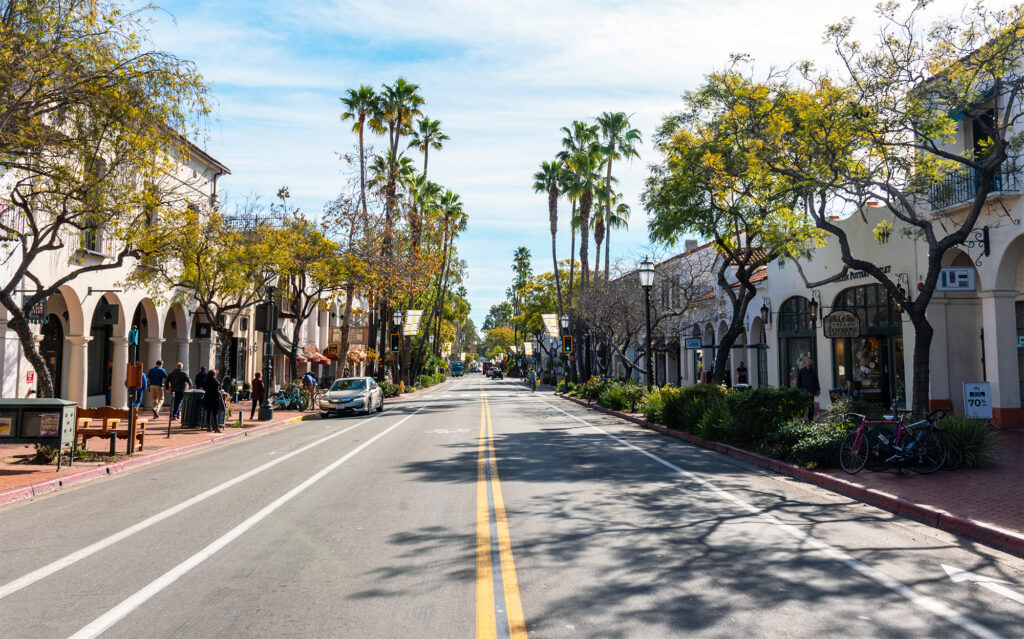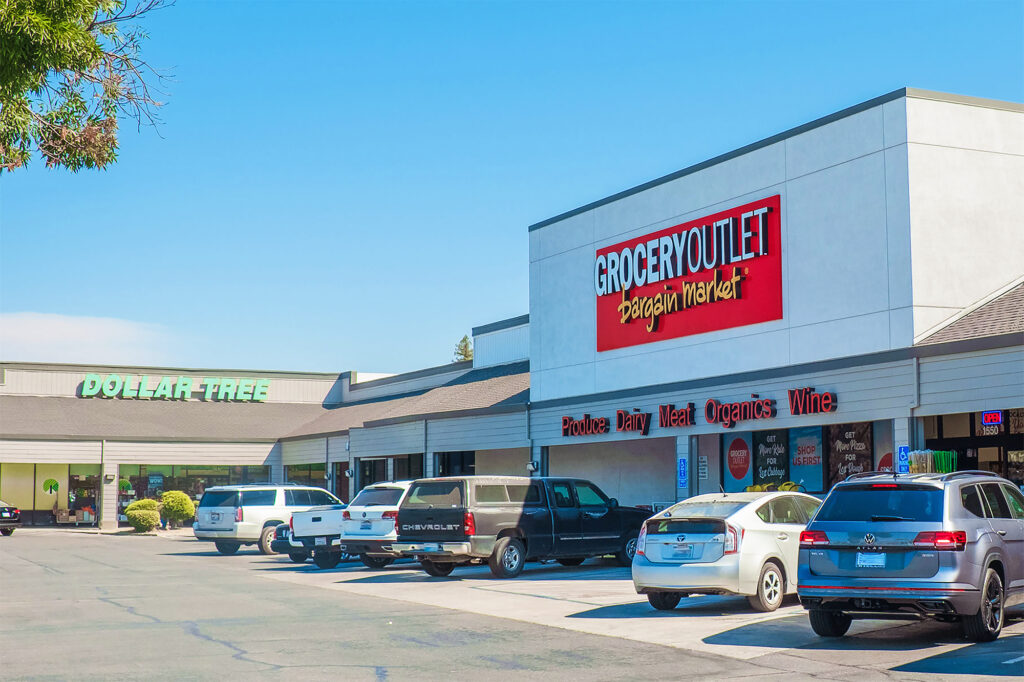Global trade dynamics have far-reaching effects on the local economy, and one area feeling the pressure is retail in California. As tariffs reshape the cost structures of goods and materials, retailers across Northern California are navigating new challenges—but also identifying new areas for investment. Like any market disruption, shifting economic conditions create both risks and opportunities. Understanding how tariffs impact California retail is crucial for commercial real estate investors, tenants, and property owners looking to stay ahead in a changing environment.
Tariffs Impact California Retail Operations

Tariffs, especially those levied on goods from China and other major trading partners, increase the cost of imported products. For retailers in Northern California, this often translates to higher prices for goods ranging from apparel to electronics. Many businesses face a difficult decision: absorb these costs, pass them onto consumers, or alter their supply chains.
Retailers operating on slim margins are particularly vulnerable. Local boutiques, mid-size chains, and even big-box stores across Northern California are seeing squeezed profit margins. This economic pressure has led some businesses to reduce inventory, delay expansion plans, or renegotiate lease terms. Brandon Svec, national director of U.S. retail analytics for CoStar Group, said, “Ultimately, retailers will have to determine how much of the additional costs they can absorb versus pass on to consumers. It becomes a choice between lower margins or lower sales, with most likely choosing a mix of both.”
Shifting Consumer Behavior in Northern California
Consumers are highly sensitive to price increases. In cities like Redding, where disposable income can vary widely, tariff-driven price hikes are impacting purchasing patterns. Retailers are reporting a shift toward discount-oriented shopping, with consumers favoring value brands and promotions over premium goods.
This behavior shift also affects retail real estate. Properties that cater to discount and value-focused tenants may see stronger leasing demand. On the other hand, high-end retail centers could face greater vacancy risks if luxury goods become even more expensive due to tariffs.
Impact on Retail Expansion and Site Selection
Tariffs are creating a more cautious retail environment across California. Retailers that once aggressively pursued expansion opportunities in Northern California are now taking a more measured approach. Rising construction costs, partially driven by tariffs on steel, aluminum, and other building materials, are complicating new developments and tenant improvements across Northern California, a trend Capital Rivers Commercial is closely tracking through ongoing market reports.
Retail projects across Northern California, including in secondary markets like Chico, have experienced delays or redesigns to control costs. Many retailers are focusing more on optimizing existing locations rather than opening new stores. As a result, well-positioned, high-traffic retail centers are becoming even more attractive for tenants seeking to minimize risk.
Opportunities for Strategic Real Estate Investments

While tariffs present challenges, they also create opportunities for savvy investors and property owners. Properties in established Northern California retail corridors—especially those with essential service tenants like grocery stores, healthcare services, and discount retailers—are maintaining strong performance, and many available properties are attracting high investor interest.
Additionally, distressed retail assets impacted by tariffs could offer value-add investment potential. Capital Rivers Commercial advises investors to closely monitor tenant mix, rent rolls, and property-level fundamentals to identify promising acquisition targets.
Our brokers have noted that while tariffs introduce uncertainty, they also create windows of opportunity. Economic disruption often results in motivated sellers, more flexible lease negotiations, and the chance to acquire assets in strong locations below replacement cost.
Navigating the Future: Adaptive Strategies
Successful retailers and landlords in Northern California are adapting to the tariff landscape through several key strategies:
- Diversifying Supply Chains: Retailers are seeking alternative sourcing options outside tariff-impacted countries.
- Negotiating Flexible Lease Terms: Tenants are requesting shorter lease periods or clauses that account for future cost volatility.
- Focusing on Essential Retail: Investors are prioritizing properties with tenants offering non-discretionary goods and services.
- Enhancing Operational Efficiency: Both retailers and property managers are adopting technologies and practices that reduce operating costs.
By embracing adaptability and focusing on long-term fundamentals, stakeholders in California retail real estate can navigate the current turbulence and position themselves for future success.
Conclusion: Staying Ahead in a Changing Retail Landscape
Tariffs have introduced a new layer of complexity to the Northern California retail market. However, uncertainty also breeds opportunity for those prepared to act strategically. For retailers, property owners, and investors alike, understanding these dynamics is crucial for making informed decisions. At Capital Rivers Commercial, we leverage our deep expertise in Northern California commercial real estate to help clients adapt and thrive amidst evolving economic conditions.
View our Available Properties, explore our Market Reports, or learn About Us.
Looking to navigate the evolving retail real estate landscape in Northern California? Contact Capital Rivers Commercial for personalized assistance.




